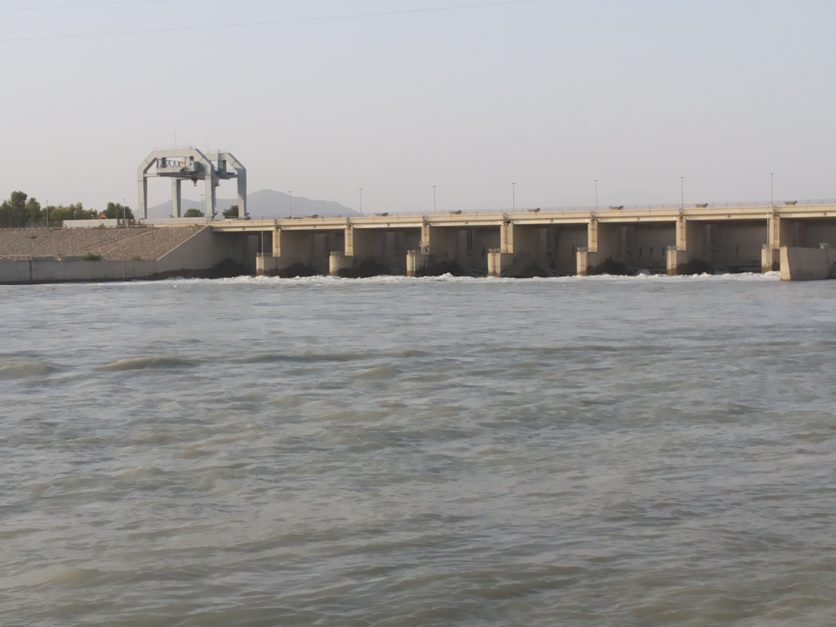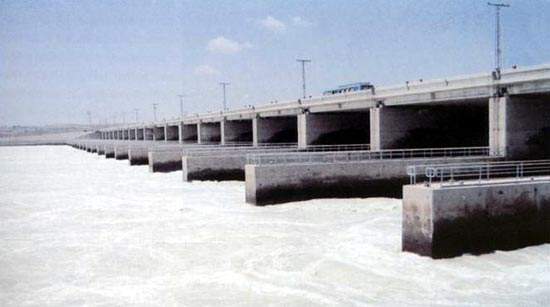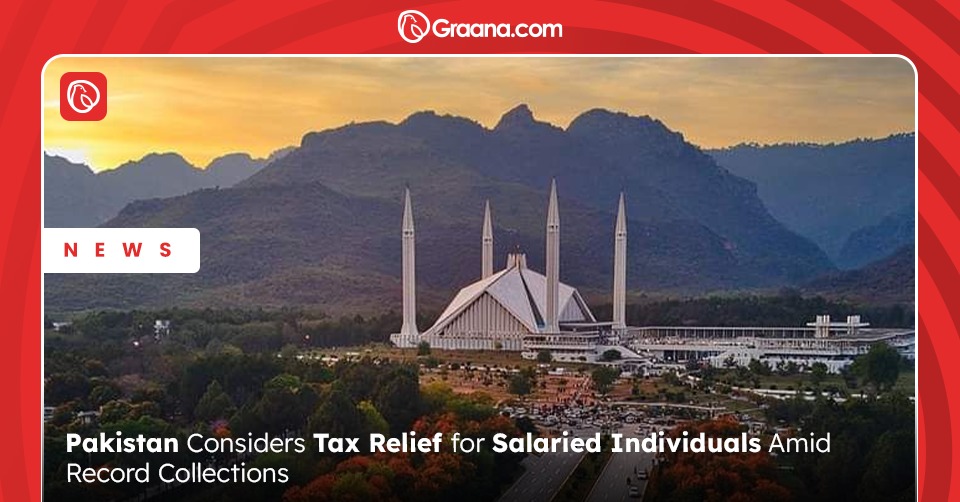Hydroelectric power plants are significant sources of renewable energy, contributing around 16% to global energy consumption. Pakistan has made notable efforts in generating hydroelectric power. The Ghazi Barotha dam project is one of the country’s most significant undertakings in this regard. In this blog, Graana.com provides a detailed overview of the project below.
About the Project

The Ghazi-Barotha dam is present about 100 km away from Islamabad, along the Indus River in northwestern Pakistan. It is a run-of-river hydroelectric power plant that utilises the Indus River for electricity generation. The plant’s construction involved partial river diversion at Ghazi, which is approximately 7 km downstream from the Tarbela Dam. The diverted water flows through a 52 km concrete-lined channel that delivers it to the powerhouse at Barotha, where electricity is generated.
The project consists of a barrage, a powerhouse, a 52 km-long canal, five pressure pipelines, and transmission lines that stretch 340 km. The 1,450MW powerhouse is located near the confluence of the Indus and Haro Rivers. After passing through the powerhouse, the diverted water returns to the Indus.
The construction of the project commenced in 1993 and reached completion in 2003. Since then, its is one of the most popular dams in Pakistan. The Water and Power Development Authority (WAPDA), a government-owned organization, sponsored the project and identified it as an opportunity to build a large-scale installation with minimal disruption. It accounts for over 10% of Pakistan’s current electricity generation capacity, making it a significant contributor to the country’s energy expansion program.
The Project Consortium

Pakistan Hydro Consultants, a joint venture, acted as the consultant for the project. The joint venture consisted of Harza Engineering Company from the US, Ewbank Preece and Binnie Black & Veatch from the UK, and two local firms named National Engineering Services Pakistan (Nespak) and Associated Consulting Engineers.
A consortium led by Italy’s Impregilo, comprising Campenon Bernard, Ed Zueblin, and local contractors Saadullah Khan & Brothers and Nazir & Company, constructed the barrage and power channel for $510 million. China’s Dongfang Electric Corporation was awarded the $214 million contract to construct the powerhouse and associated infrastructure facilities.
Project Equipment
The project’s equipment includes five 295MW Francis turbines supplied by Voith, generators from a Japanese company, and penstocks from Austrian VA Tech Voest. To operate the power station, water from the Indus is directed to the turbines via a 52 km-long canal and five pressure pipelines, each measuring 10.6 m in diameter. The head of water at the power station is 69 m. The flow rate through each turbine at rated power is 485 m³/s, with each turbine runner having a diameter of 6.5 m. The five units have an outer diameter of 10.6 m, a total weight of 9,300 t, and cost approximately $12 million.
Transmission Lines
A 225 km, 500kV transmission line and a new 500/22kV substation were partially funded by the Kuwait Fund for Arab Economic Development. The transmission line extends 340 km and plays a vital role in transmitting the electricity generated at the plant to the national grid. Additionally, two substations were extended as part of the project.
Construction and Design
The project includes a barrage, a power channel, two powerhouses, and a switchyard. The barrage, which is 2,100 metres long and 51 metres high, diverts water from the Indus River into a power channel, which feeds two underground powerhouses. The powerhouses house 10 turbines, each with a capacity of 145 MW. The turbines are connected to generators, which produce electricity that transmits to the national grid through a switchyard.
Benefits of Ghazi-Barotha Dam
The dam has brought significant benefits to Pakistan, including:
Electricity Generation
The project generates 1,450 MW of electricity and supplies it to the national grid, thereby reducing Pakistan’s reliance on imported fuel
Economic Development
It provided several job opportunities to the locals during the construction phase. It also stimulated economic development in the surrounding areas.
Environmental Benefits
It generates electricity from a renewable source, thus reducing greenhouse gas emissions and helping combat climate change.
Water Management
It has improved water management in the Indus River Basin, helping regulate water flow and reduce the risk of floods.
Project Funding
The total cost of the Ghazi-Barotha project had a cost estimation of $2.25 billion, making it one of the largest infrastructure projects in Pakistan’s history. The funding was provided by a consortium of organisations and governments, including:
- World Bank: $450 million
- Asian Development Bank: $400 million
- Japan International Cooperation Agency: $550 million
- Islamic Development Bank: $200 million
- OPEC Fund for International Development: $120 million
- Abu Dhabi Fund for Development: $40 million
- Saudi Fund for Development: $80 million
- Kuwait Fund for Arab Economic Development: $80 million
- Export-Import Bank of China: $150 million
- Pakistan Government: $130 million
The financing package played a crucial role in the successful launch of the project. It helped lighten WAPDA’s debt service burden with generous terms during the construction period. The financing structure has a design to withstand future pressures. It had a financial internal rate of return of 13%. This was comfortably above the ADB’s real cost estimation of the capital of 6.6%.
Conclusion
The Ghazi-Barotha dam is a remarkable example of a large-scale, run-of-the-river hydropower project. Its construction was challenging, with many delays and problems. However, its completion has helped Pakistan to meet its growing energy needs, particularly during peak demand periods.
The project garnered particular attraction due to its ability to provide power throughout the year, enabling full power generation in the months of May and June when low reservoir levels reduce output from other hydropower projects. Moreover, the project achieved completion with minimal disruption, as it has resettlement of around 900 people. It is a run-of-the-river plant, with no need for massive dams or reservoirs.
In conclusion, the dam stands as a testament to the power of cooperation and the potential of renewable energy to transform economies and societies.
To read more about Mangala Dam, visit Graana.com.




